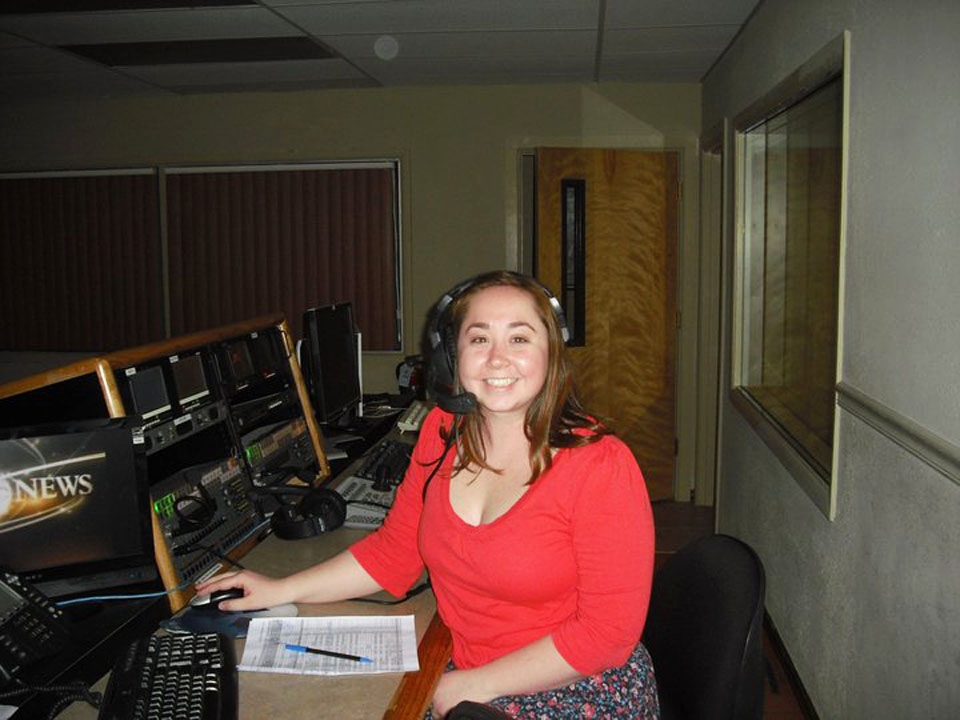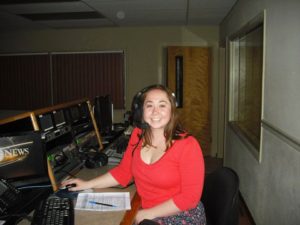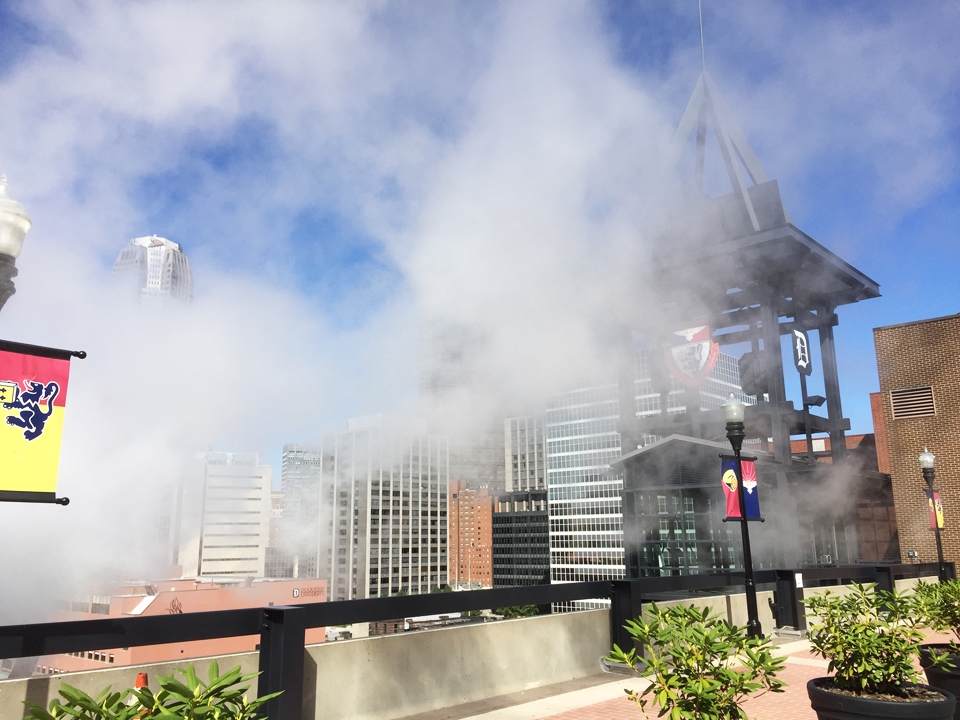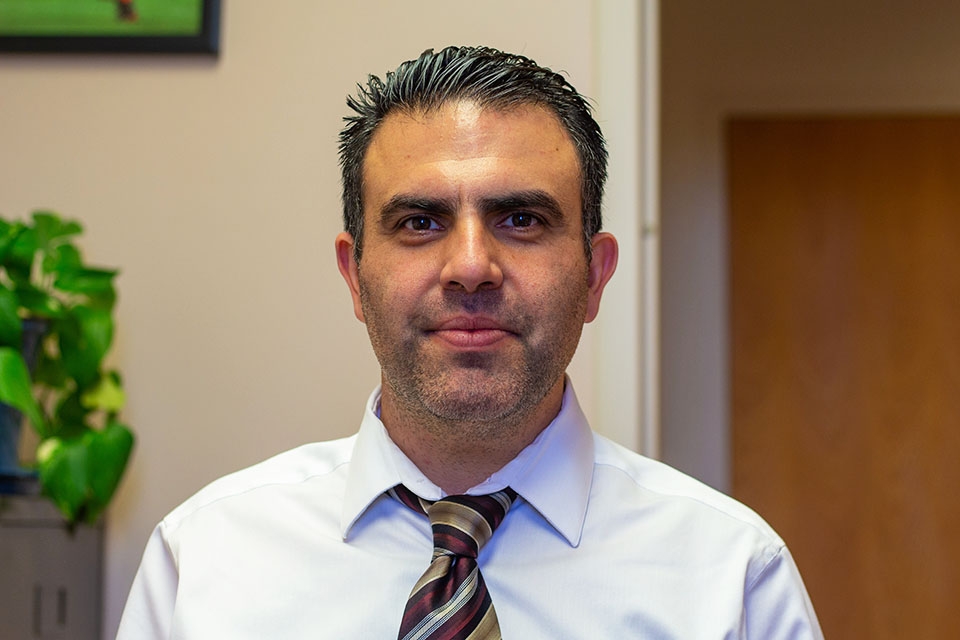

By Seth Culp-Ressler | Features Editor
Professor Carie Cunningham joined Duquesne this year as the newest member of the Journalism and Multimedia Arts faculty. Cunningham brings a wealth of broadcast experience to the department and will be teaching a number of classes to translate her work in the field into a practical education for her students. We sat down with her to talk journalism, the world of broadcast and what brought her to academia.
Q: To start off broadly, what drew you to journalism in the first place?
A: I guess it also is the way I approach teaching — I like taking really complicated ideas and breaking them down into their parts and then being able to explain it to lots of different people. I think journalism does that, and I think teaching does that.
Q: You spent a good portion of your time in the field of broadcast journalism before coming to Duquesne. Could you expand a bit on those experiences?
A: I initially, out of undergrad, thought I was going to be doing weather, and I was going to be a meteorologist. I doubled in meteorology and journalism, and I still really like that science background, which I think is unique to a lot of our social science friends. But I got into producing and started with behind-the-scenes camera work and stacking shows. So in Reno, Nevada, where I started, I was doing two shows a day. Every two-and-a-half hours, you’d turn over another half-hour show. And it was intense, even for a slow market, just with the amount of work. And there wasn’t a lot of staff around.
After just one year I said, “I think I got this.” So I applied and got a promotion to market 11 in Detroit. [Editor’s note: broadcast news stations are ranked numerically by audience size throughout the U.S.] That was by far one of the hardest jobs, a lot of overnights, a lot of weekends. It really taught me to dig deep and work hard at all of those things.
I think, specifically, what was great about those jobs is that it taught me not to just be [in] broadcast as a TV producer, but you also had to write for the web, there’s social media, you had to tweet. I think that’s what the future graduates are going to have to know, too.
Q: What made you then decide to transition from the field to academia?
A: There are lots of rules in journalism: “You start with this way, and that’s how we do it.” Specifically, my interest is with visuals. So if you ever watch your five o’clock newscast, all the graphics are constantly moving back and forth and all this motion. And I was like, “But why?” My questions and need to fulfill that “why” comes into my research.
I wanted to go back to school, and I got my masters in communication because I was like, “Let’s look at it from a different way.” Is there a better way to communicate journalism? My biggest question is, “How do we keep people’s attention?” I think some of these rules don’t really have a rhyme or reason, so I wanted to know that. That’s why I went back to school.
Q: It’s a tricky time to teach journalism with all the changes in the industry. What are you hoping to impart to your students to prepare them for the industry?
A: I think it’s more of an exciting time, personally. A newsroom is going to look so different in just a couple of years versus now. I think the biggest thing I want to impart is being good storytellers. That’s going to hold true no matter what. Whether the platform changes — let’s say broadcast doesn’t even exist, maybe, right? Maybe it’s all online. The formats may change, but you need to be a good storyteller and really get to the meat of a story.
Q: Anything else you’d like to add?
A: Something else I really am passionate about, and unique to journalism, is that I do a lot of cognitive science studies. So a lot of times I’ll take newspaper websites, or I’ll take a newscast and have people watch it with an eye tracker. And that’s my research, seeing where people focus. Because then I really can answer that motion question — why do we have the moving graphics in the background, and is that really driving attention to one area versus another?
This interview has been edited and condensed.




